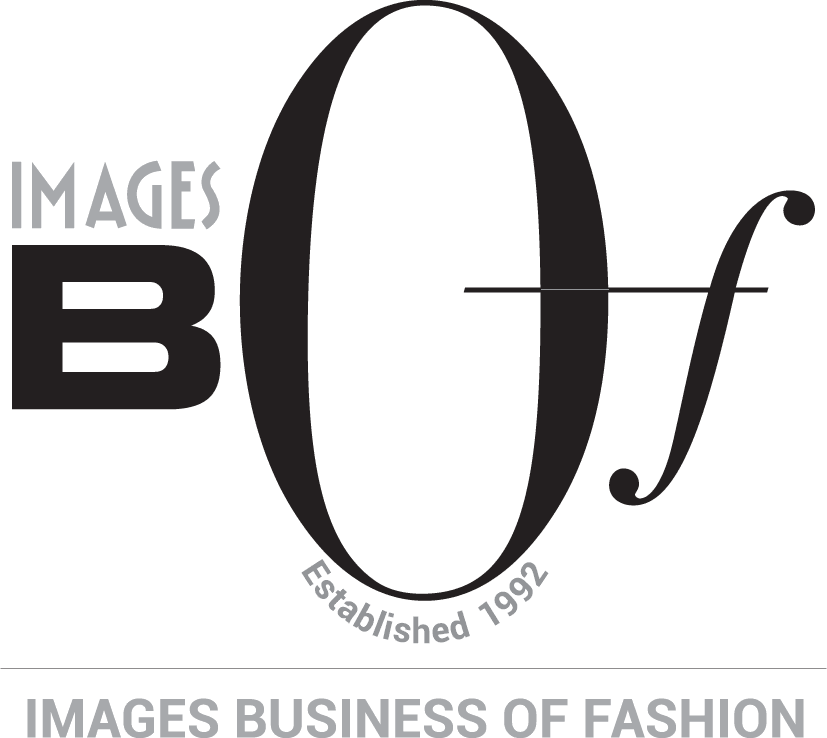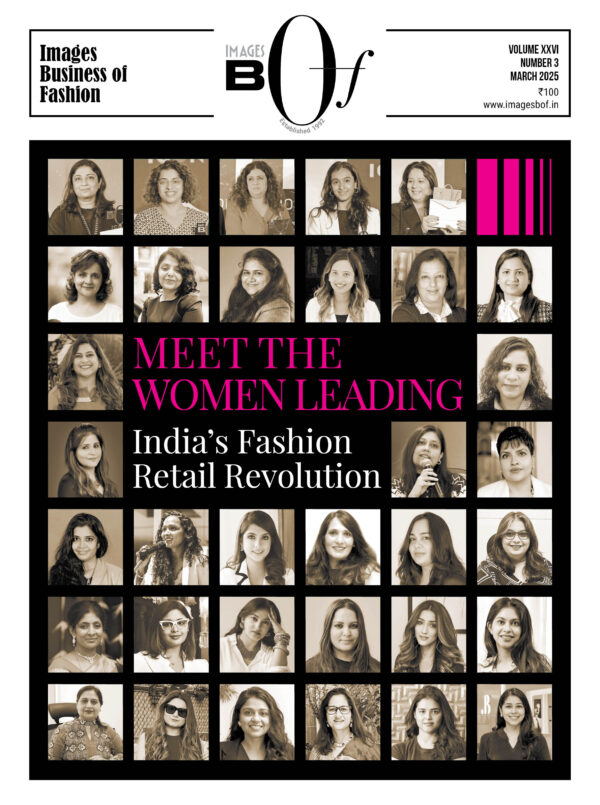EasyBuy started 10 years ago as a category extension within Landmark Group’s hypermarket, Spar. It later evolved into a standalone format, mainly serving family shoppers in Tier 2 and Tier 3 cities through a franchise model.
In 2015-16, EasyBuy began franchising, offering prices at least 30% lower than competitors in the value segment, which had no national players at the time. However, as value fashion evolved and competition increased, the brand saw an opportunity to expand beyond family shoppers to include younger consumers and to appeal to a larger cohort of aspirational middle-class segment.
The brand has opened 40-50 company-owned stores in last two years and expanded into metros while maintaining a strong presence in Tier 2 and Tier 3 markets.
From a category within Spar hypermarkets to a rapidly expanding standalone fashion brand, EasyBuy has come a long way. With a sharp focus on affordability, private labels, and large-format stores, the brand is now evolving beyond its Tier 2 and 3 strong hold to capture metros and younger consumers.
In a freewheeling chat with IMAGES Business of Fashion’s Kajal Ahuja, Karan Mehta, CEO, EasyBuy shares insights on its retail strategy, category expansion, and future roadmap.
Excerpts…
Which technologies are you implementing to enhance in-store customer experience?
For EasyBuy, the in-store experience is all about delivering the best price-value equation, reliability, and consistency. The brand prioritises offering the lowest prices and high-quality products over investing in advanced in-store technologies.
Instead of features like self-checkout, RFID, or endless aisles, EasyBuy focuses on making shopping easy with clear product discoverability, smooth navigation, and a fast checkout process. Customers should feel they are getting at least 30-40% lower prices compared to competitors, while still receiving high-quality and on trend products. The goal is to pack value into the product.
How do you ensure profitability while offering products at a low or affordable price?
Our profitability has remained strong due to a robust supply chain and long-standing supplier partnerships. Our processes are supplier-friendly and nimble, allowing us to stay on trend and light on inventory. We use advanced planning tools and closer to market creation processes to manage cash efficiently and ensure faster turns
On the product side, our technology stack helps us predict and adopt mainstream value trends quickly. With a strong sourcing backbone, we remain highly competitive in pricing. Our cost structures are lean, and markdowns are among the lowest in the industry, ensuring healthy gross margins.
Do you offer any private labels?
We are 100% private label, with no external brands in our portfolio.
| Retail Strategy
· EasyBuy currently operates 150+ stores across 100+ cities in India · Earlier, its network was predominantly in Tier 2 and Tier 3 cities, making up 2/3rds of its presence. · However, in the last two years, EasyBuy’s expansion has shifted, with 2/3rds of new stores opening in Metro and Tier 1 cities. · Regionally, its strongest presence has been in the South. · Over the past two years, EasyBuy has expanded into the West and North, though its presence in the East remains limited. · For the next 1-1.5 years, the brand will continue prioritising the South while remaining open to opportunities in the West and North. |
Over the last couple of months, you have been strategically opening large-format stores. Why is this so?
Our portfolio includes menswear, women’s western and ethnic wear, footwear, and accessories, along with new categories like beauty and personal care. In the true value space, offering the right assortment is key for our customers. While price value equation is crucial, variety also plays a significant role.
We found the 5,000–6,000 sq. ft. format was insufficient to effectively showcase all categories. Proper representation of each category is essential, along with a good in-store experience and ease of shopping, which led us to launch stores. The results over the past couple of years have been encouraging, reinforcing our belief that large-format stores will drive our future growth.”
Do you plan to enhance your presence online or launch your own e-commerce platform?
Currently, we don’t have an online presence as unit economics doesn’t support profitable scale up. Our focus remains on profitable growth and expansion, so we haven’t pursued this model.
We are currently evaluating a few quick commerce opportunities but nothing concrete to talk about. Our priority remains expanding our store footprint.
Have any specific marketing campaigns or digital strategies helped drive success or footfall in sales?
Yes, we’ve made strategic choices over the last couple of years, shifting from BTL led to largely digital spends and communication.
To attract a younger cohort, our content is largely user-generated with high stress on authenticity. Rather than tactical promotions, we have focused on cementing our brand proposition in consumers’ minds.
As a result, while the primary goal wasn’t to drive footfall, it has naturally increased. Our social media engagement has grown significantly, with followership under the age of 24 increasing from less than 10% last year to 40% today, Reinforcing our choices. We are on the right track when it comes to widening the funnel.
How are you tailoring your offerings for this new customer?
We have made several changes to our portfolio to better cater to Gen Z and Millennial shoppers, who have a wider range of shopping occasions compared to our earlier customer base.
Previously, our assortment was more conservative, focused on everyday kurtas for women, office wear for men, and high-value basics for children. As we expand, we have reoriented our assortment to include athleisure, a strong denim portfolio, and smart casuals. We now cater to alternate professions and modern workwear needs, along with dress-up and dress-down occasions, brunches etc. However, we do not cater to weddings as an occasion, we remain an everyday casual brand.
We have also enhanced product aesthetics and improved quality to instils confidence in our existing core cohort. Additionally, our supply chain has been optimised to ensure fortnightly freshness, prioritising relevant offerings over a wide assortment.
On the backend, we have integrated sophisticated technology across warehousing, inbound processes, active merchandising, and in-store navigation. While these advancements enhance efficiency, they remain largely invisible to consumers, unlike the high-tech experiences seen in premium or luxury brands.
Are you positioning yourself to evolve into a large-scale fashion retail chain? Perhaps, like Lifestyle?
EasyBuy is already a significant player in the value retail space, and our ambition is to scale up further. The market is huge, and as more consumers shift from unorganised to organised retail, we believe this segment will grow faster than any other in the fashion apparel space
Our strategic shifts and proposition give us confidence that our model is well-positioned for this growth. While we won’t expand in a rush, our focus is on profitable and sustainable growth, ensuring a resilient format that can ride the dynamic value fashion wave.



